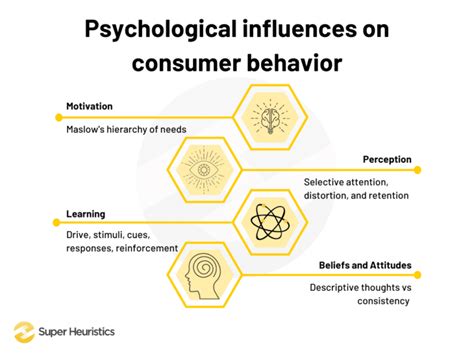What Is A Confounding Variable

A confounding variable, also known as a confounder or confounding factor, is a variable that can influence the outcome of a study or experiment, leading to a biased or misleading result. It is an external factor that affects both the independent and dependent variables, causing a spurious association between them. In other words, a confounding variable is a third variable that can explain the relationship between the variables being studied, making it difficult to determine whether the observed effect is due to the independent variable or the confounding variable.
Definition and Types of Confounding Variables

A confounding variable can be defined as a variable that is related to both the independent and dependent variables, and its presence can alter the observed relationship between them. There are several types of confounding variables, including:
- Demographic variables: Age, sex, income, education level, and other demographic characteristics that can affect the outcome of a study.
- Environmental variables: Climate, location, and other environmental factors that can influence the outcome of a study.
- Behavioral variables: Lifestyle habits, such as smoking, exercise, and diet, that can affect the outcome of a study.
- Physiological variables: Genetic predispositions, medical conditions, and other physiological factors that can influence the outcome of a study.
Examples of Confounding Variables
For instance, suppose we want to study the relationship between the amount of coffee consumed and the risk of heart disease. In this case, a confounding variable could be age, as older adults are more likely to develop heart disease and also tend to drink more coffee. Another example is a study on the relationship between exercise and weight loss, where a confounding variable could be diet, as individuals who exercise regularly may also be more likely to follow a healthy diet.
| Study | Independent Variable | Dependent Variable | Confounding Variable |
|---|---|---|---|
| Coffee consumption and heart disease | Coffee consumption | Heart disease risk | Age |
| Exercise and weight loss | Exercise frequency | Weight loss | Diet |

Controlling for Confounding Variables

There are several methods to control for confounding variables, including:
- Matching: Matching the study participants based on the confounding variable to ensure that the groups are similar.
- Stratification: Dividing the study participants into subgroups based on the confounding variable and analyzing the data separately for each subgroup.
- Regression analysis: Using statistical models to control for the confounding variable and estimate the relationship between the independent and dependent variables.
Importance of Controlling for Confounding Variables
Controlling for confounding variables is crucial to ensure the validity and reliability of the study results. Failure to control for confounding variables can lead to biased or misleading results, which can have significant consequences in various fields, such as medicine, social sciences, and policy-making.
Key Points
- A confounding variable is a variable that can influence the outcome of a study or experiment, leading to a biased or misleading result.
- There are several types of confounding variables, including demographic, environmental, behavioral, and physiological variables.
- Controlling for confounding variables is crucial to ensure the validity and reliability of the study results.
- Methods to control for confounding variables include matching, stratification, and regression analysis.
- Failure to control for confounding variables can lead to biased or misleading results, which can have significant consequences in various fields.
In conclusion, confounding variables are a critical aspect of research design and analysis. By understanding the concept of confounding variables and using appropriate methods to control for them, researchers can increase the validity and reliability of their study results, ultimately leading to better decision-making and policy development.
What is a confounding variable?
+A confounding variable is a variable that can influence the outcome of a study or experiment, leading to a biased or misleading result.
Why is it important to control for confounding variables?
+Controlling for confounding variables is crucial to ensure the validity and reliability of the study results. Failure to control for confounding variables can lead to biased or misleading results.
What are some common methods to control for confounding variables?
+Common methods to control for confounding variables include matching, stratification, and regression analysis.



